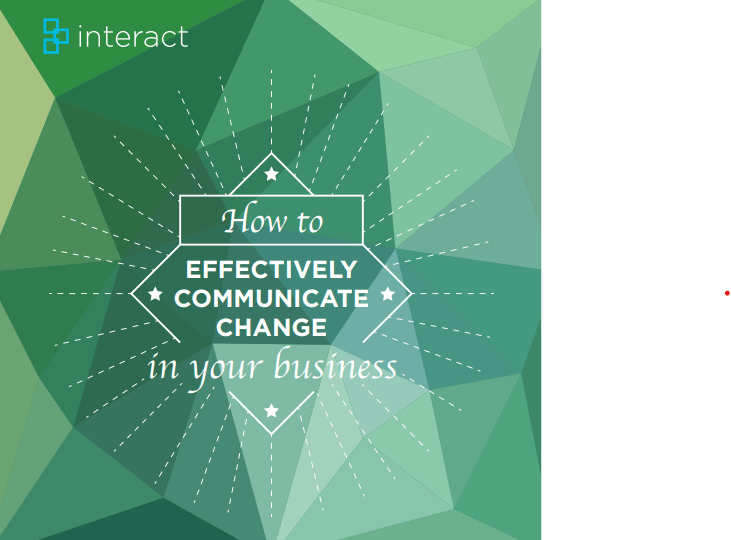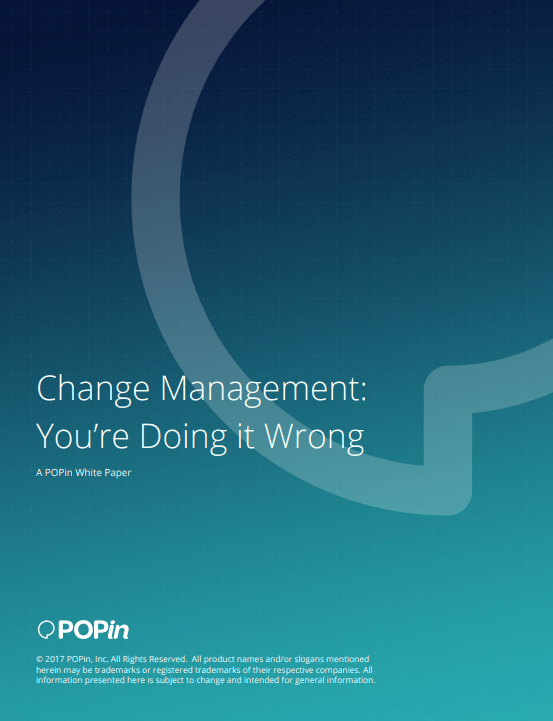
People worldwide are grappling with a perpetual stream of crises, from wildfires and flooding to political strife and racial injustice. In May 2021, 47 percent of Americans said their mental health had declined since the pandemic struck. While COVID-19 has exacerbated both existing and new mental health needs, this is not a pandemic-era problem. The need to support your employees’ mental health existed well before 2020 and will be with us long after the pandemic is over.
Despite the soaring demand for mental health care, getting help remains difficult. People seeking care face a myriad of barriers, from a lack of available mental health care providers to long wait times, burdensome out-of-pocket fees, and poor care quality.
As a result, most people with mental health conditions do not receive treatment: 55 percent of employees with a self-reported, diagnosable mental illness in 2020 didn’t get care for their condition in the past year. Stigma and lack of awareness of mental health treatment options can further complicate the journey to care. The Anxiety & Depression Association of America has found that only 37 percent of those suffering from anxiety receive treatment. Without access to necessary care, increasingly common mental health challenges–such as depression, anxiety, and burnout– leave people suffering with impacts that are complex and far-reaching, including:
- Increased risk of physical illness
- Shorter life expectancy
- Lost income
- Higher risk of short- or long-term unemployment
- Damaged relationships
- Lower overall life satisfaction



